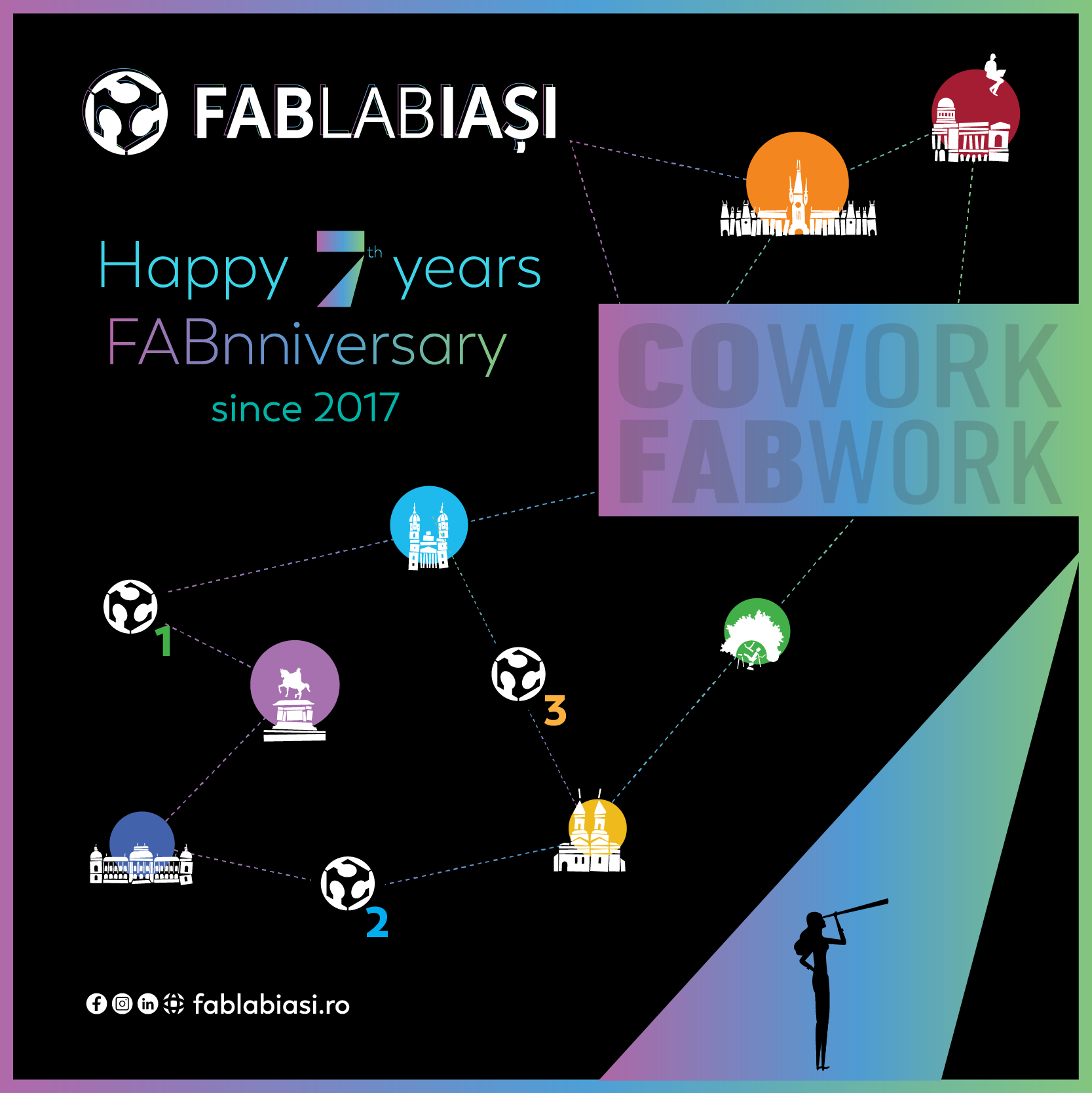Generative AI has taken the world by storm. While headlines have focused on fake images of the pope in a puffer jacket and AI-generated songs mimicking famous artists, like Drake and The Weeknd, enterprise use cases have flown relatively under the radar. But the business potential is clear for those with their fingers on the pulse of this technology.
What is generative AI?
Generative AI, a subset of artificial intelligence (AI), generates text, images, audio, video, and code using large deep learning models. The crème de la crème of generative AI applications are built on foundation models trained in a self-supervised way on unlabeled data to identify underlying patterns. In short, applications like OpenAI’s ChatGPT, Google Bard, and Microsoft Bing AI use machines to create detailed, human-like content.
Generative AI use cases across industries
A key example of generative AI is large language models (LLMs) like generative pre-trained transformers (GPT), ChatGPT’s foundation. Today, LLMs are improving business processes by acting as virtual assistants that can crunch numbers, retrieve insights from legal documents, and manage customer queries. As a result, these applications can improve experiences, reduce costs, and increase revenues.
From developing a vision to scaling across the enterprise, we already see generative AI in key industries.
Banking
Generative AI has the potential to minimize risk, deliver personalized banking experiences, improve advisor productivity, boost customer and employee satisfaction, and enhance regulatory compliance.
- Risk mitigation and portfolio optimization: Generative AI can create synthetic data for rare market events with limited data, such as stock market crashes. This allows banks to build a solid data foundation for developing risk models to identify how such events are likely to impact the bank, how to mitigate that risk, and how to optimize the bank’s portfolio accordingly.
- Client engagement and prospect profiling: Generative AI can analyze patterns in historic banking data at scale, helping relationship managers and customer care representatives more easily identify customer preferences, anticipate needs, and create personalized banking experiences.
- Compliance: Conducting due diligence against anti-money laundering regulations involves analyzing and managing various content, including sanctions lists, data on ultimate beneficial owners and politically exposed persons, and adverse media information. With generative AI, compliance teams can structure, categorize, tag, clean, and make data searchable. This removes human error, saves time for compliance professionals to focus on higher-value tasks, and improves overall compliance.
Healthcare
While generative AI helps healthcare professionals be more productive – essential in an industry struggling with labor shortages – it also provides insights that can deliver interconnected health and improve patient outcomes.
- Better employee and customer experiences: Generative AI can automate administrative tasks, such as processing claims, scheduling appointments, and managing medical records. It can also provide healthcare decision support by generating personalized patient health summaries based on encounter and claims data. AI is speeding up patient response times and improving the patient experience.
- Analyzing vast volumes of data quickly: With generative AI, healthcare companies can gather crucial insights from relevant media on tonality, branding sentiment, and product perception. One company reduced the time to create media reports by 90%. AI can also decrease the time it takes to create research publications on specific drugs by analyzing vast amounts of data from multiple sources faster than ever.
- Accelerating the speed and quality of care: Using AI as a clinical assistant, it can analyze and summarize electronic medical records, medical imaging data, lab results, and more to give clinicians customized treatment recommendations and flag potential adverse effects. Combined with data from across the value chain, including social determinants of health, it can also help improve drug adherence.
Insurance
Insurance is all about probability and statistics – a sweet spot for AI. Generative AI can analyze large amounts of data from customer feedback, claims artifacts, climate change records, local weather patterns, economic conditions, and demographic trends. This gives underwriters and actuaries insights that support more accurate risk assessments and pricing to make the claims process effective and efficient.
- Product management and innovation: Generative AI can analyze and summarize customer feedback on insurance products created and owned by actuaries. This helps actuaries to innovate new products and accelerate the product development lifecycle.
- Better policies and claim management: Generative AI can identify potential risks and inform underwriting decisions by analyzing large amounts of unstructured data, such as customer reviews, social media posts, and news articles. Generative AI can also analyze and summarize various claims artifacts to enhance the overall efficiency and effectiveness of claims management.
- Improved communications and customer service: Better communication leads to better customer relationships. Generative AI empowers insurers to automate policy summaries and coverage explanations in language that’s easy for the customer to understand.
While generative AI presents a massive opportunity for businesses, it’s not without its challenges. Building responsible language and learning models requires balancing data quality, security, and ethics. For instance, LLMs can produce output that seems plausible but may contain errors or biases. Which is why keeping humans in the loop is crucial.
4 best practices for generative AI in the enterprise
Whatever industry you’re in, our work with global enterprises has uncovered 4 best practices for running generative AI successfully.
- Establish a culture of responsible AI: The game may have changed, but the same rules apply – it’s important not to lose sight of responsible and ethical AI considerations. While early adopters are already building use cases and minimum viable products, they still focus on governance, guardrails, prototype delivery systems, change management, and prioritization of use cases.
- Incorporate auditing: As the amount of data, machine learning pipelines, end users, and vendors grow, auditing mechanisms are essential – especially when introducing external knowledge sources to improve context. Auditing will help businesses develop and deploy policies to protect the business from risks such as copyright infringement and proprietary data leakages.
- Democratize ideas, limit production: Generative AI is undeniably exciting. Data-literate employees will want to explore how it can make their jobs easier. While business leaders should encourage employee interest in generative AI, they also need to prevent employees from launching untested and unregulated AI projects. So, put in place measures that allow employees to experiment without the ability to operationalize the use of generative AI. Then, use your center of excellence as a change management hub to design, integrate, and scale prototypes into enterprise-grade solutions.
- Bring in the business: It’s not just technology and analytics teams that must explore the art of the possible with generative AI. There’s a pressing need for business executives to be intrigued, ambitious, and vocal about what they could achieve with AI. And this should be encouraged as they have the closest connection to the end customers.
Embracing the generative AI revolution
Like the first web browsers, generative AI disrupts how we interact with technology. In fact, according to Goldman Sachs, generative AI could boost global GDP by 7%. The best enterprise leaders are working proactively to turn ad hoc efforts into a comprehensive generative AI strategy. And they’re training other leaders to be comfortable with data-driven decision-making, probabilistic thinking, and experimentation.
To seize this opportunity, we must embrace use cases for every industry – without compromising data quality, control, and ethics. It’s not going to be an easy journey for anyone, but the time for exploration is now.






























